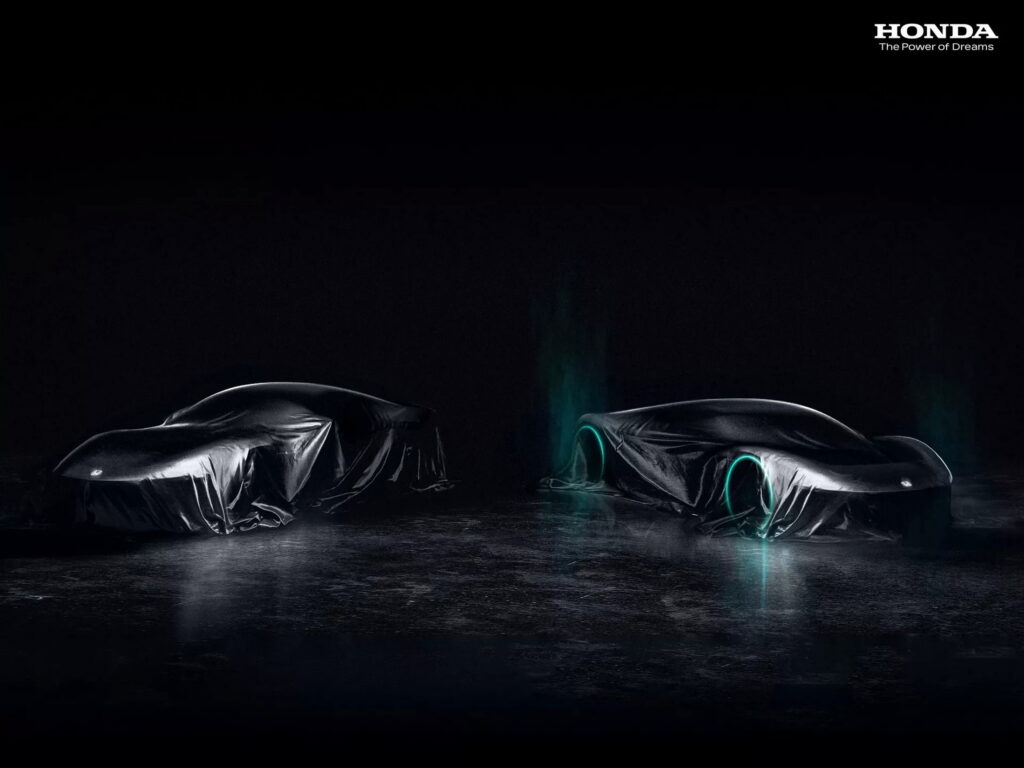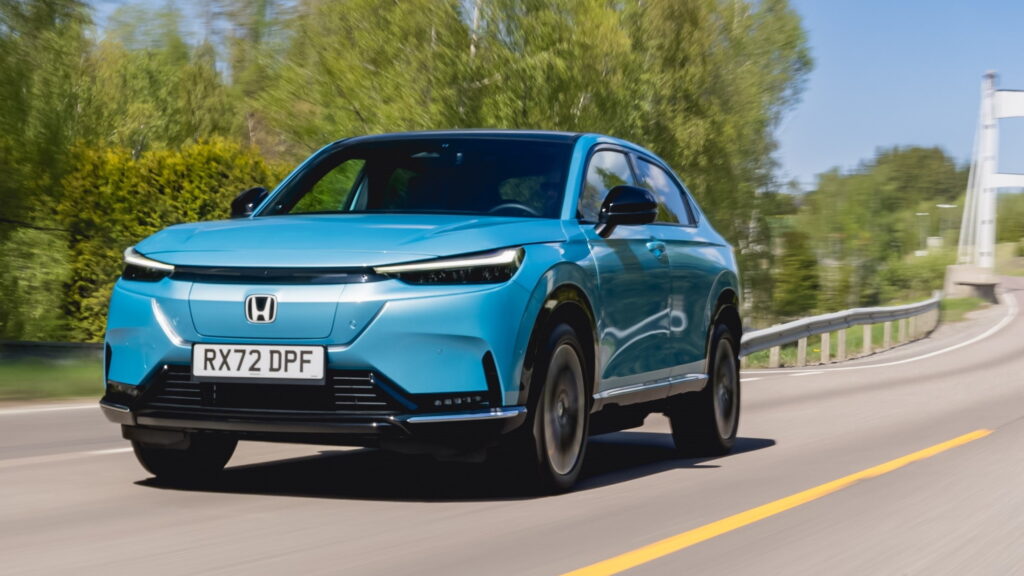The experience of being in an electric vehicle is, in many ways, serene. Electric motors are quiet, smooth, and produce no noxious odors, like an internal combustion engine. However, there is still one aspect of their operation that can lead to discomfort for the people inside the car.
Long considered one of the advantages of EVs, Honda engineers are working to design acceleration curves into their EVs that smooth out the overly aggressive acceleration that can make occupants feel a little ill.
“The issue with motion sickness comes from the car moving in a way you were not expecting it to,” Kotaro Yamamoto, a Honda technical consultant, told Car. “Any kind of movement will result in the brain getting an impulse of something happening. This is where irritations can occur.”
Read: Honda S2000 EV Could Debut Later This Year

That problem doesn’t just lead to nausea, it can also lead to more dangerous consequences. According to French insurance company AXA, EVs’ strong, sudden acceleration can lead drivers to lose control of their vehicle, as their speed unexpectedly mounts. “Overtapping,” its term for touching the pedal a little too hard, has led to 50 percent higher rates of single vehicle accidents among owners of EVs.
The challenge for Honda is that, in addition to normal vehicles like the e:Ny1, it also wants to introduce the technology to sports cars like the rumored S2000 it is working on. Therefore, it is looking for a sort of Goldilocks acceleration curve that builds up smoothly and predictably. Yamamato says that the brand’s vehicles will monitor pedal angle, pedal angle speed, and vehicle speed to give drivers the best experience.
“The art of this setting is to reduce motion sickness and maintain dynamicness,” he said. “Despite smoothing these problems out, Honda motion sickness technology won’t affect performance.”





